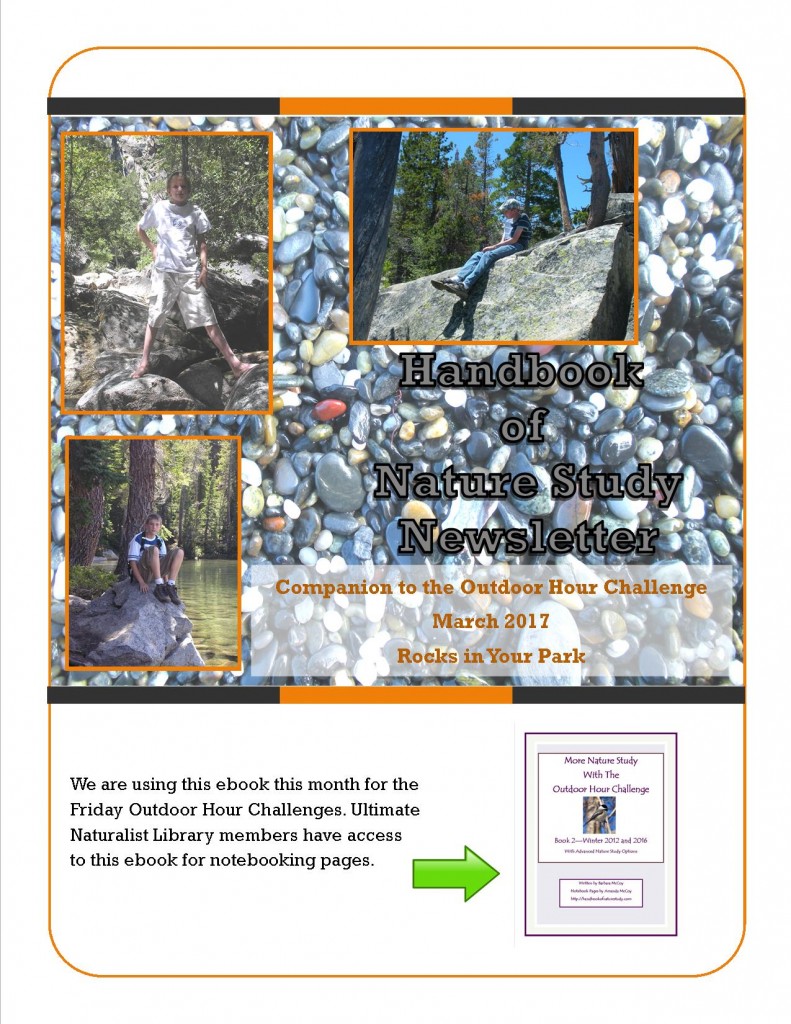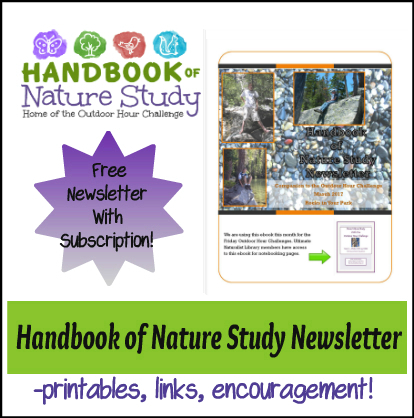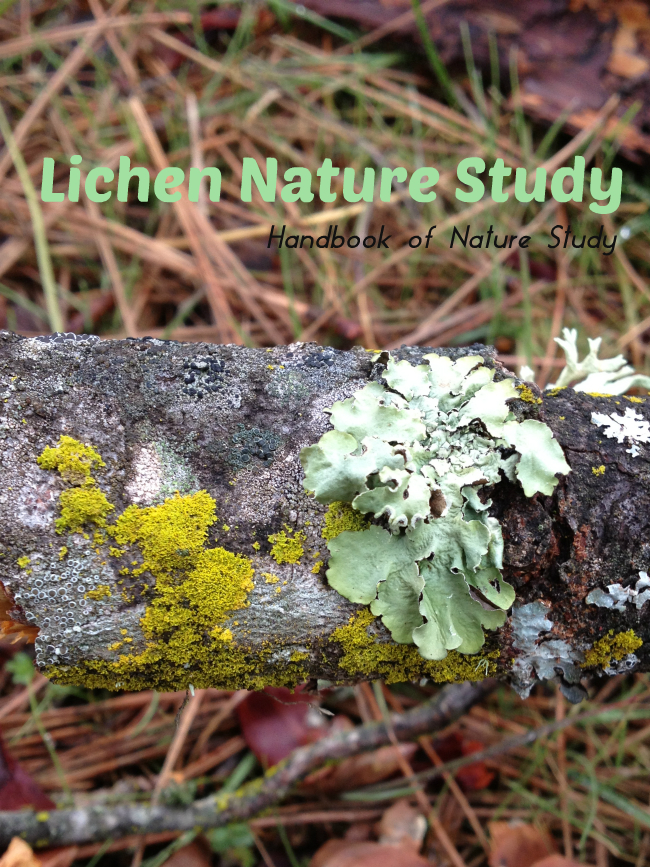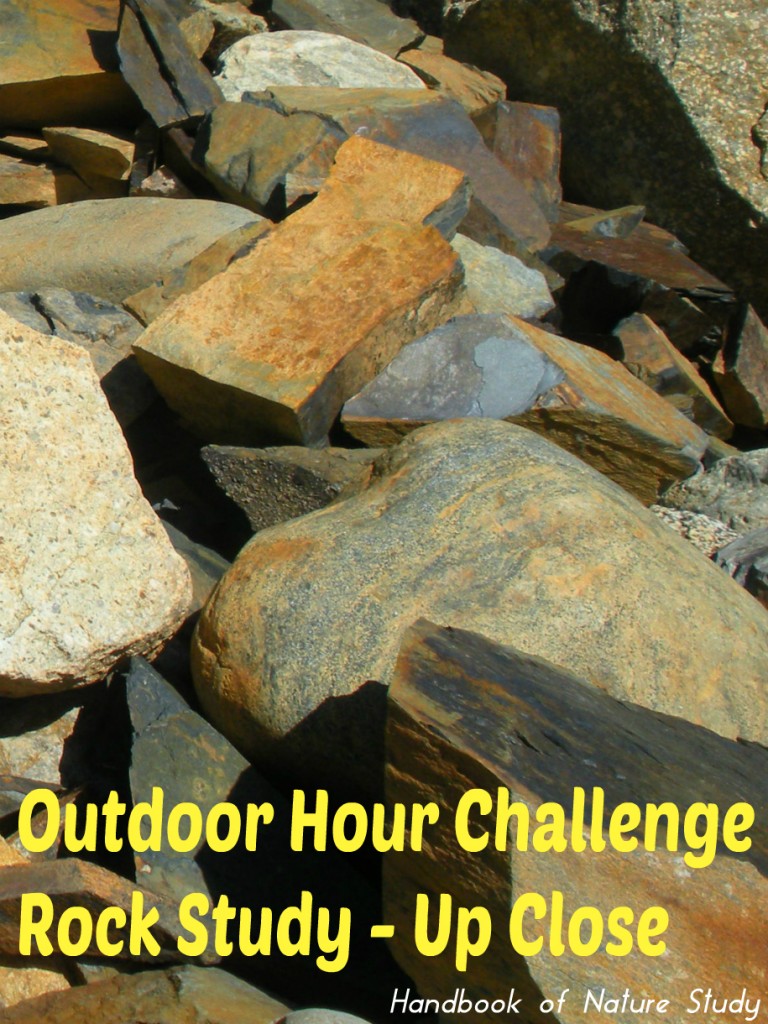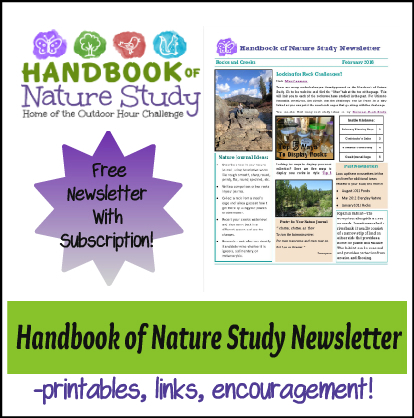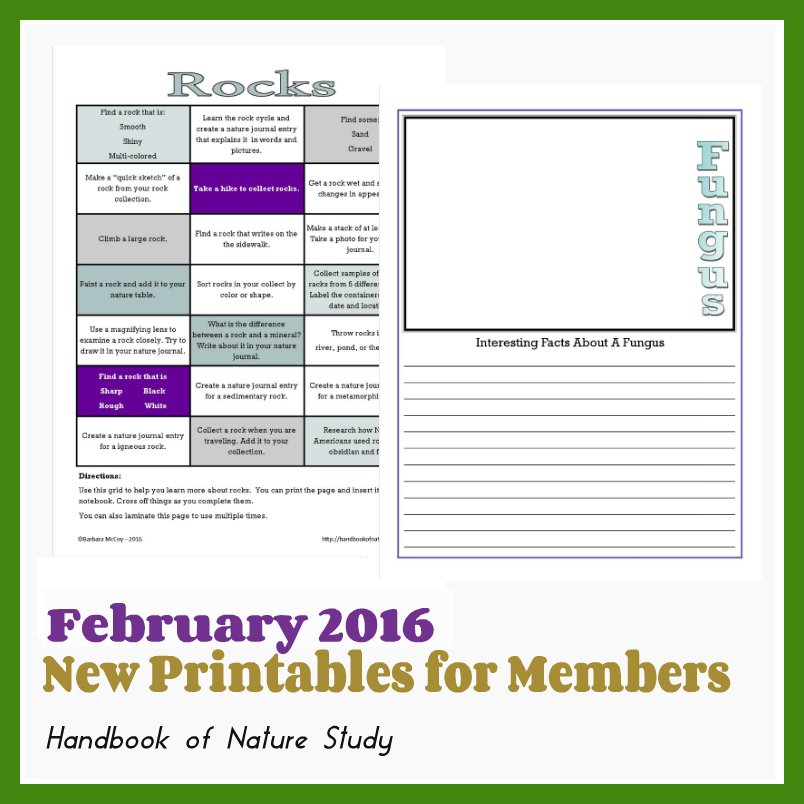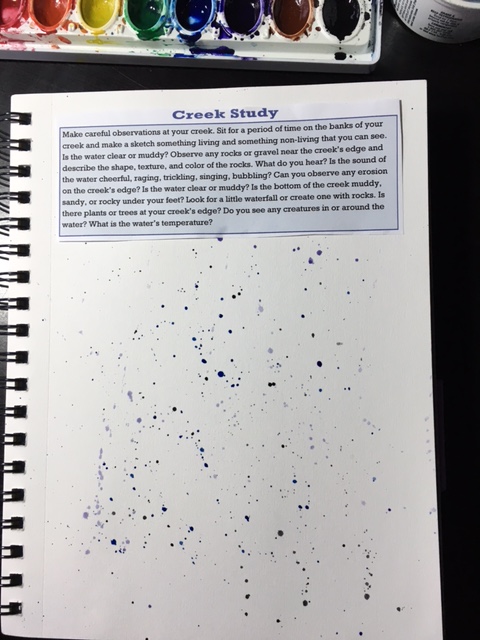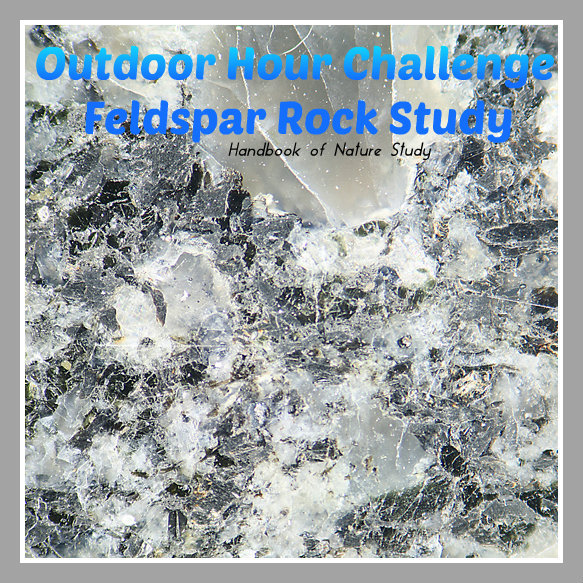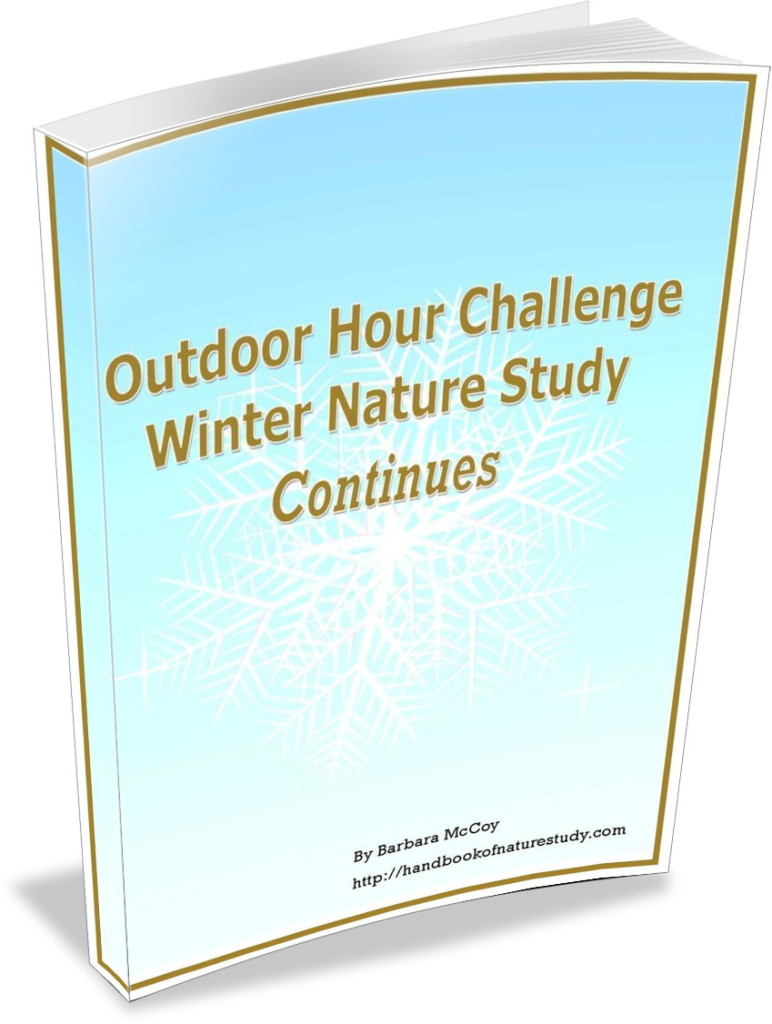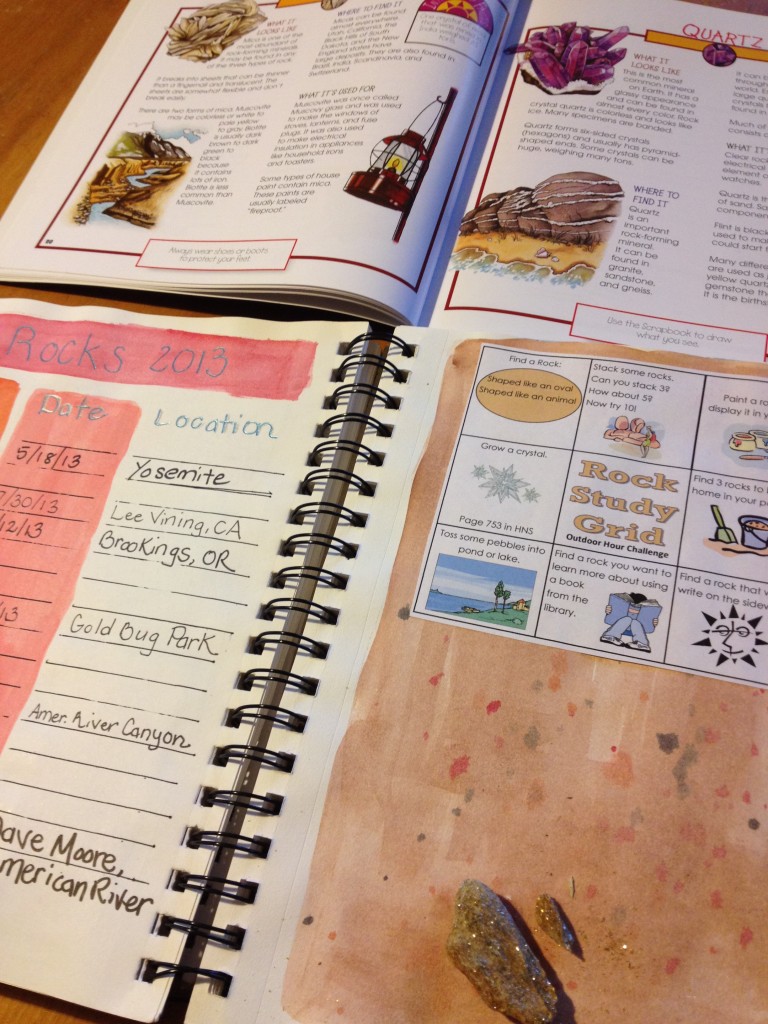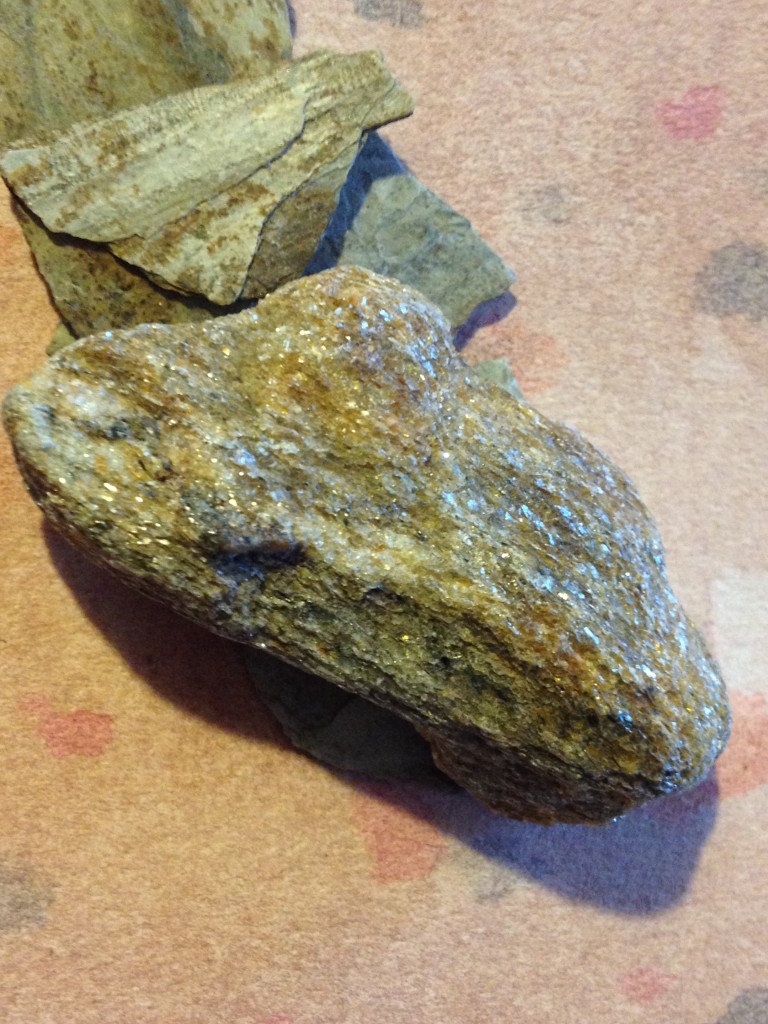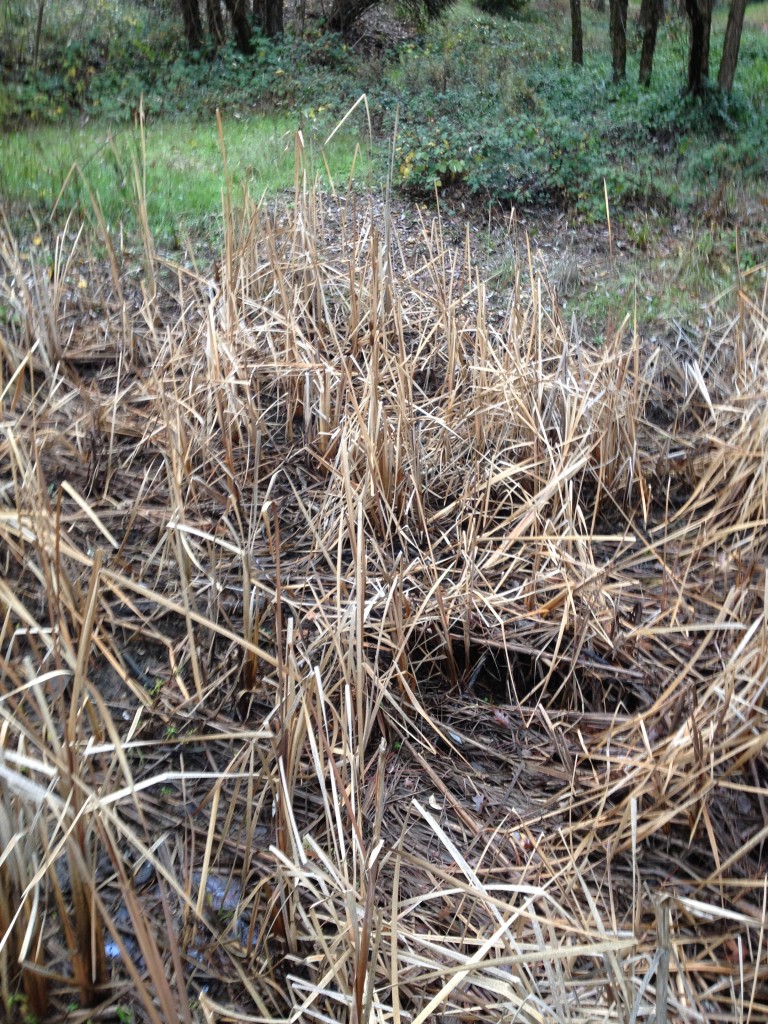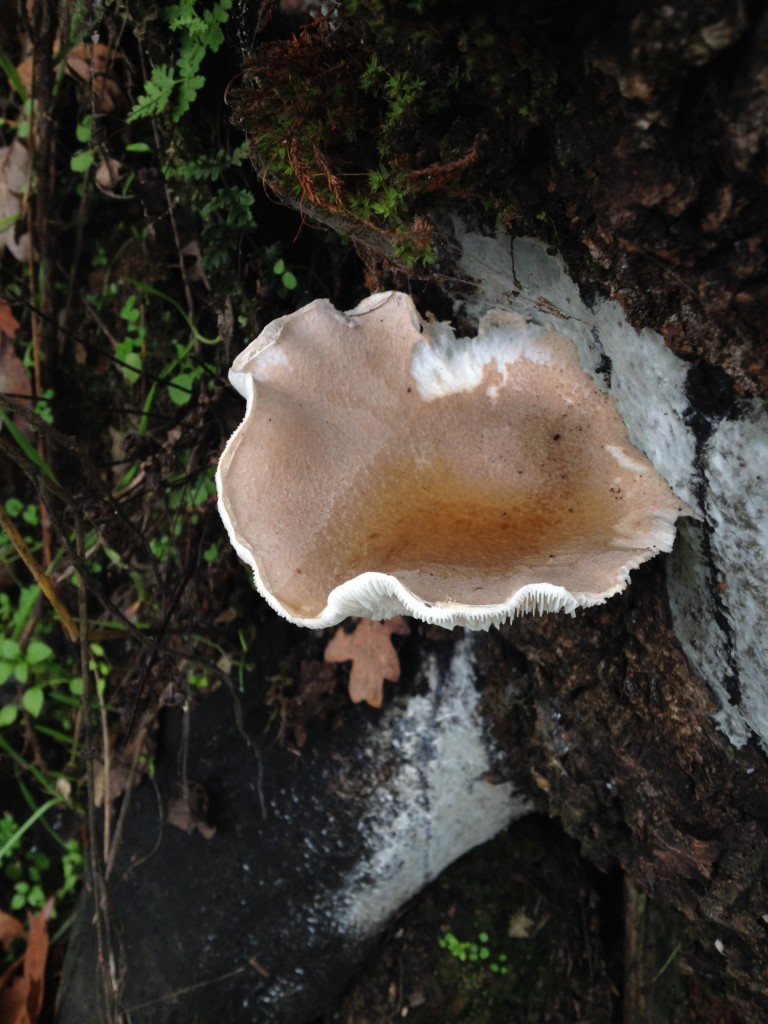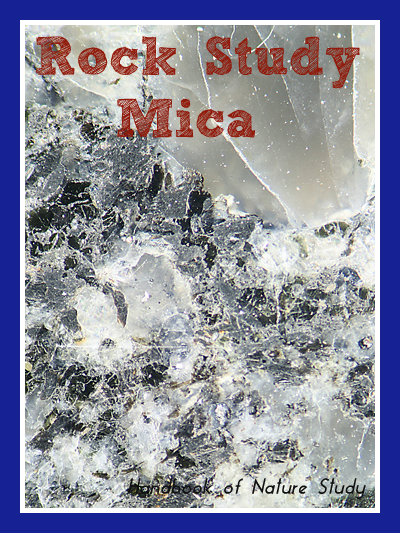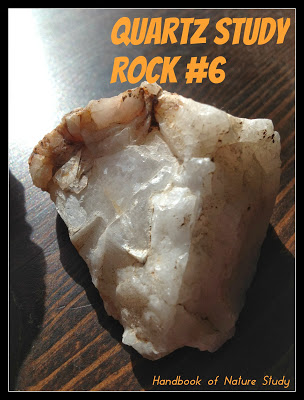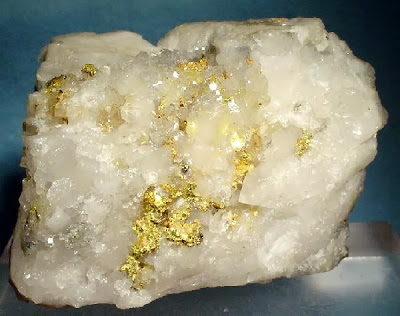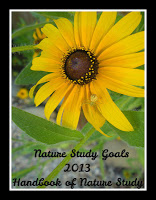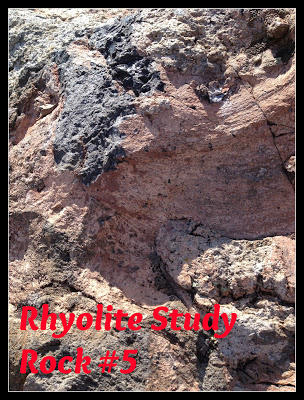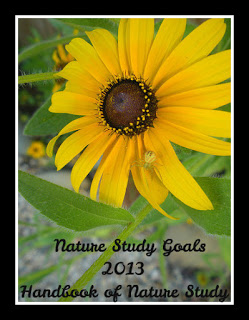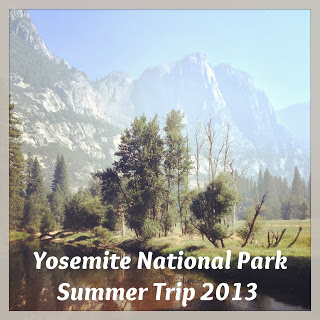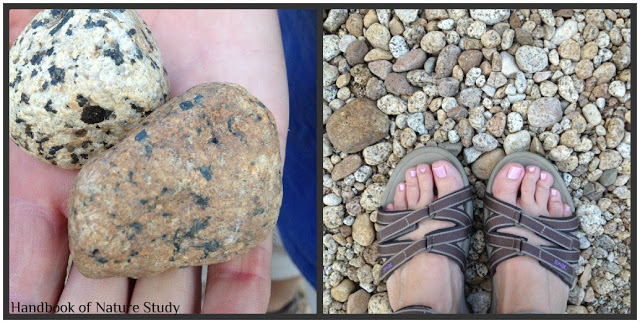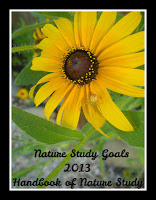Handbook of Nature Study Newsletter
March 2017 Rocks in Your Park
Please read the following explanation outlining how to get this month’s newsletter.
The newsletter link is not in this email but will come separately. There may be a delay in your receiving the email so please don’t email me until the second day of the month if you haven’t received the link on the first. For some reason, some email providers take longer to receive the newsletter email.
If you don’t receive the separate email with the download link, you probably aren’t subscribed to the blog yet. This will take less than a minute to do if you follow the steps below.
If you are a subscriber and you haven’t received your newsletter email yet, check your SPAM inbox. Some subscribers have found the email buried in SPAM inbox.
If you need to subscribe:
- You will need to go to the Handbook of Nature Study, look to the top right corner for the box to type in your preferred email address, and then confirm the email that comes to your email inbox.
- Once you subscribe, you will receive a thank you email from me with the download link for the current month’s newsletter.
This month’s newsletter link will be available only during the month of March so be sure to download it before 3/3/1/17.
Remember! All of the archived and current newsletters are available as part of the Ultimate Naturalist Library…every level!
Contents of this edition of the newsletter include:
- The March newsletter theme is rocks in your park. I have written an article that shares our family’s experiences growing up with boys who loved rocks and rock climbing. Rock climbing teaches us all a life lesson or two.
- March Planning Page for Mom – The planner page this month includes the up-coming challenges for March. One of those challenges is a new idea for a No Technology Walk. Plus there are nature journal ideas and specific ideas to use from the archives.
- Printables: Play some rock games with the ideas in this printable from the archive.
Resources for your Nature Library: I have started to build a nature library store on Amazon that will feature by category my favorite nature study books and resources. Take a look and see if there is anything you would like to put on your wish list for your family’s nature study library: Handbook of Nature Study Nature Library Suggestions on Amazon.com. Note this is my affiliate store to items I personally recommend and have read or seen in person.
Please note that Ultimate Naturalist and Journey level members have access to members only printables each month in addition to the newsletter printables. You will need to log into your account and then go to the “Other Releases” section.
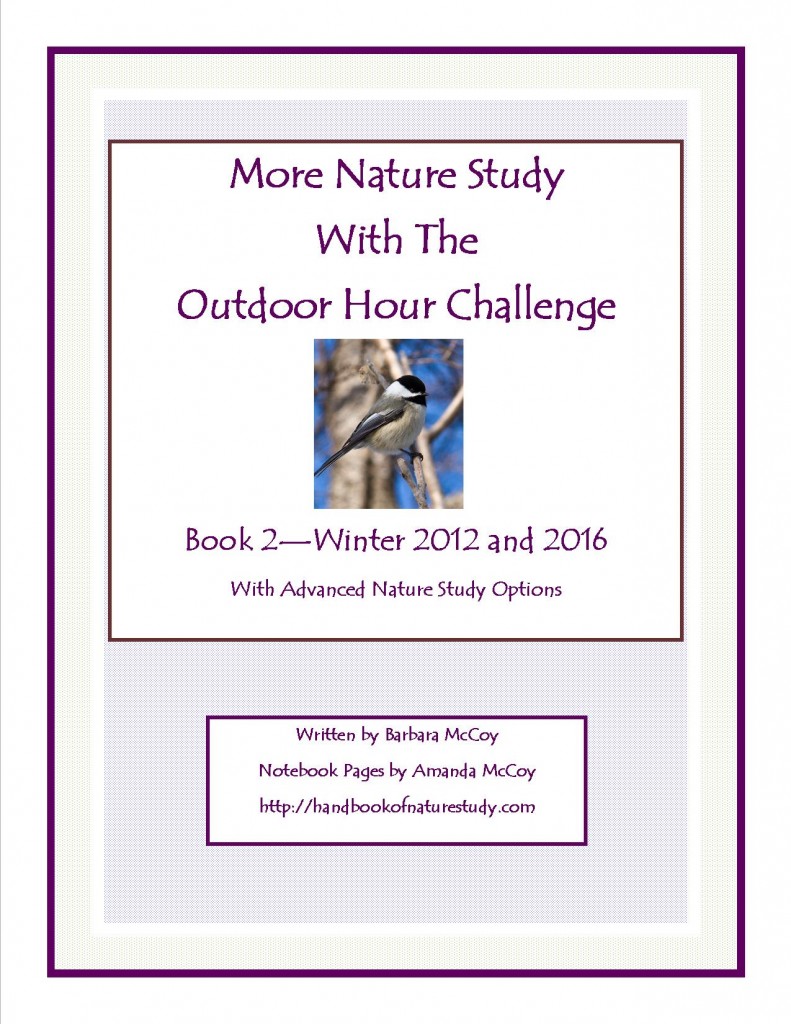 We will be using the More Nature Study – Winter ebook starting on January 13, 2017. You can find it in the Ultimate Naturalist Library.
We will be using the More Nature Study – Winter ebook starting on January 13, 2017. You can find it in the Ultimate Naturalist Library.

